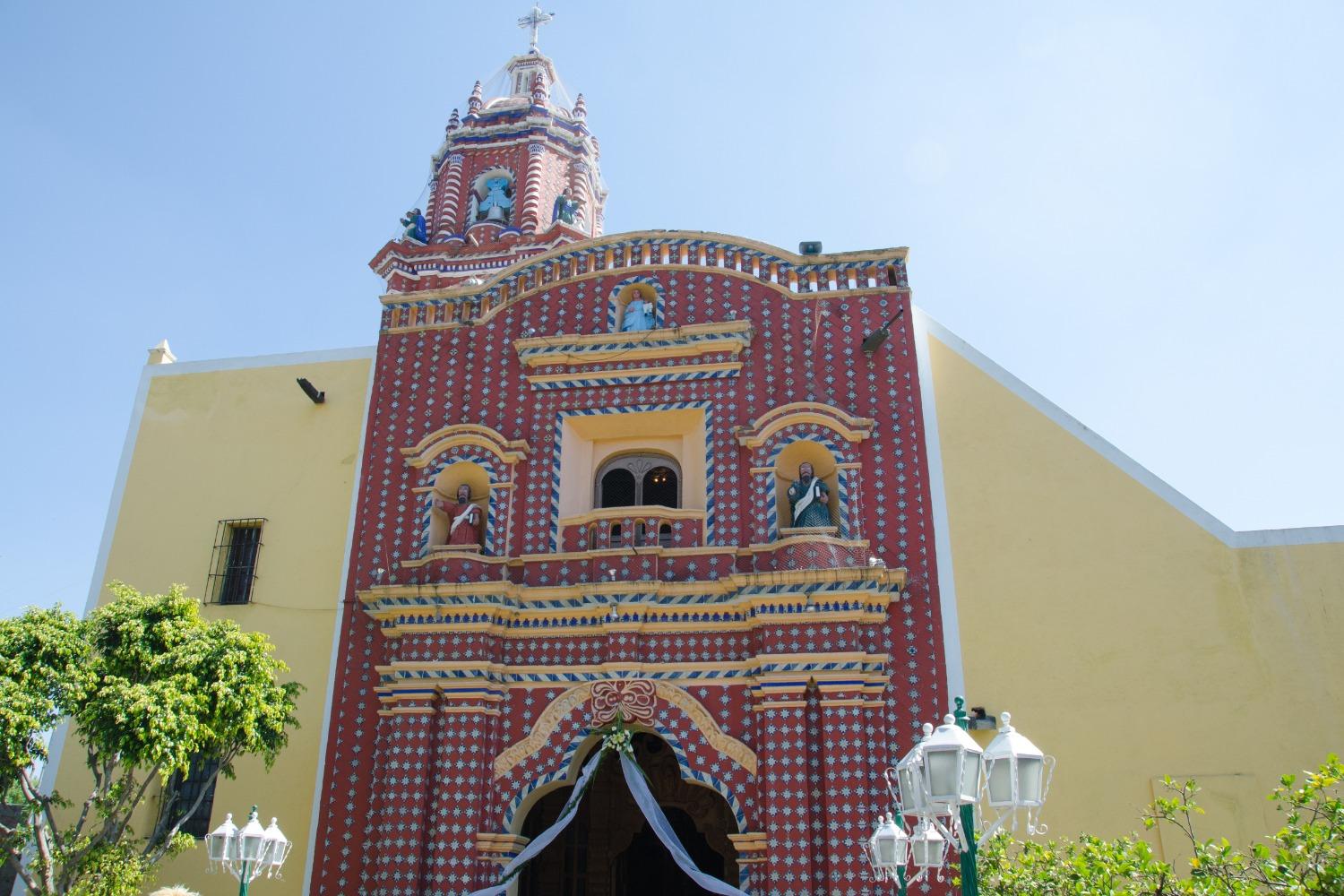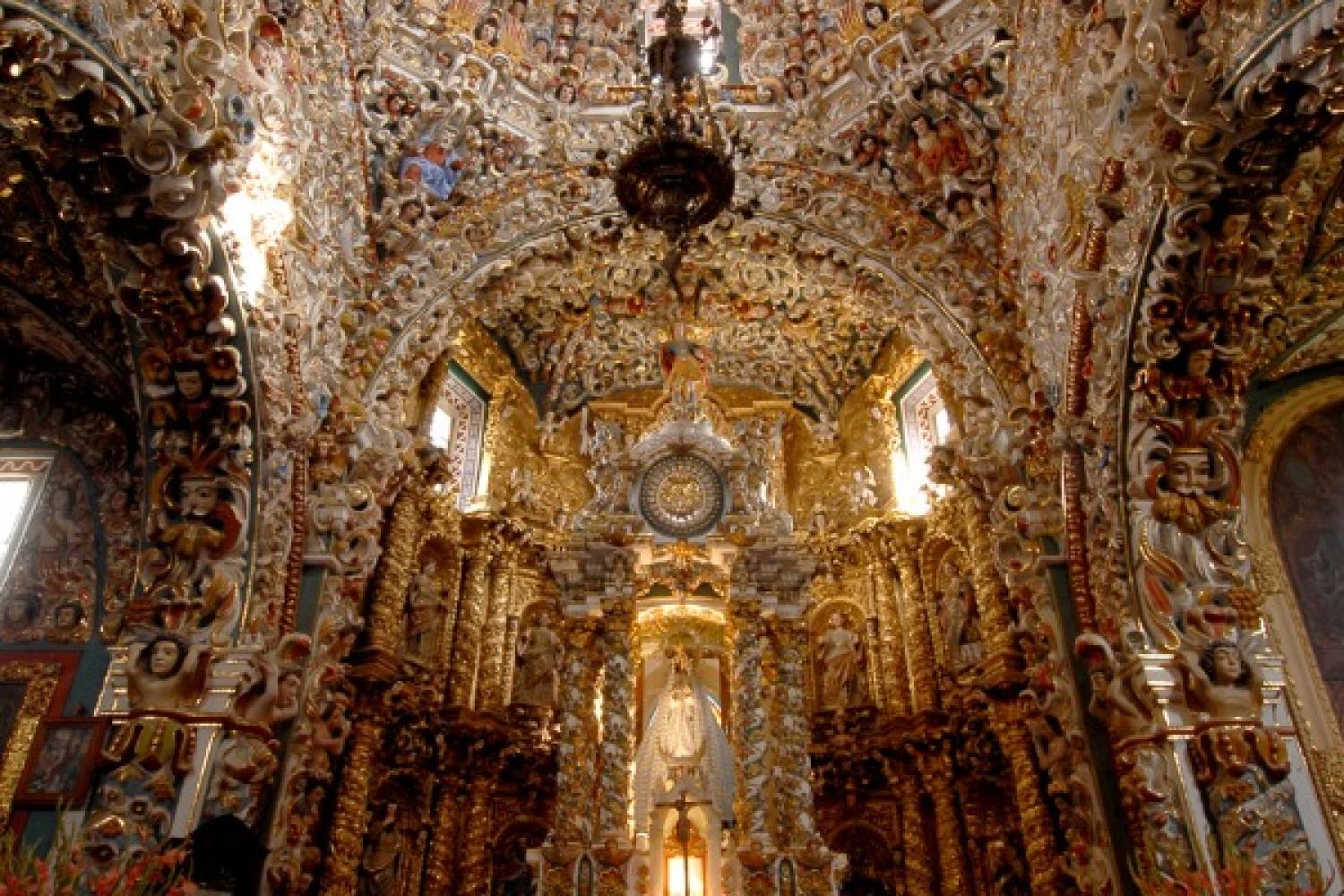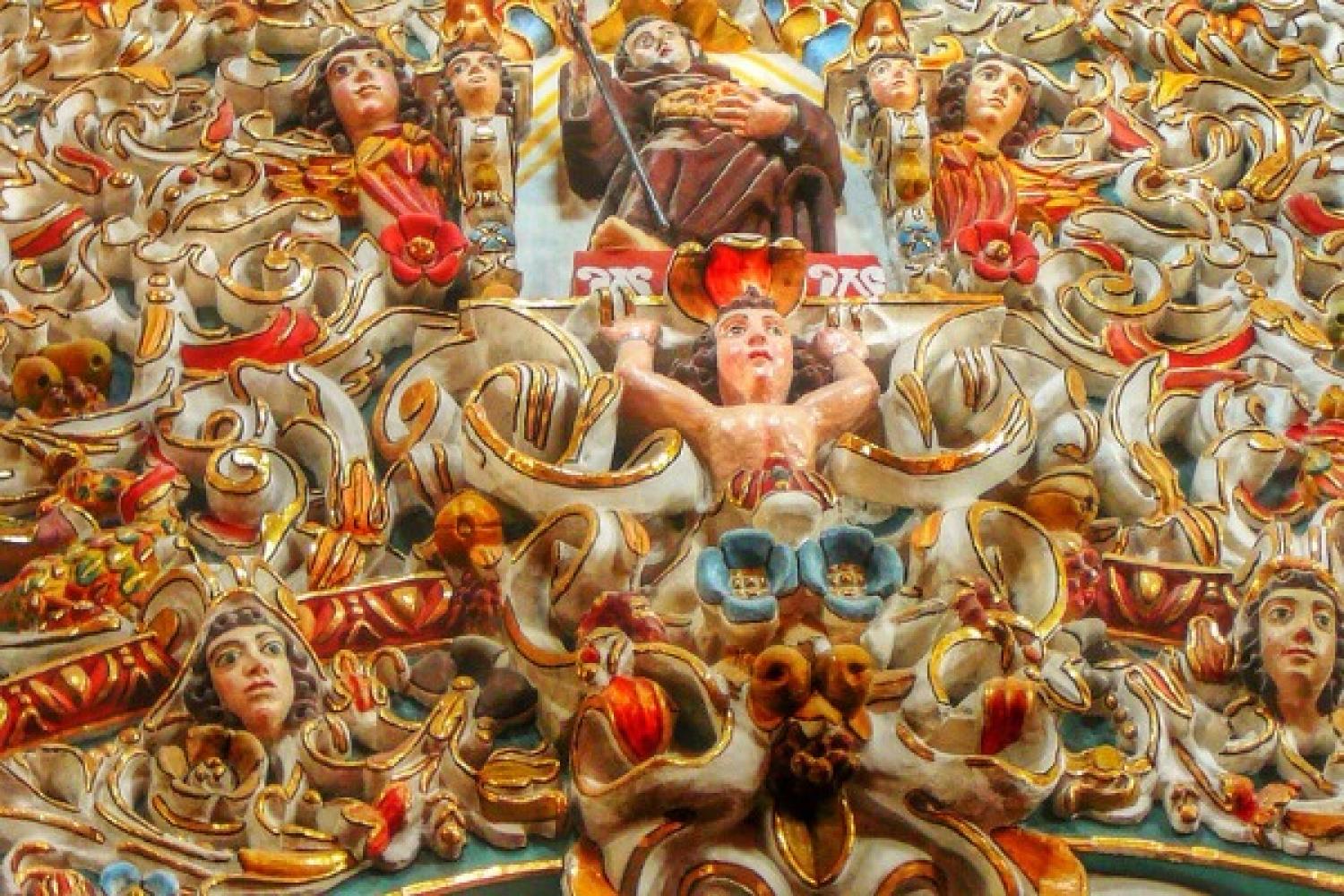
One of the striking notes of the Church through history has been its ability to readily find a home in so many different human cultures while remaining faithful to its essence. Christianity has sought out the best and truest aspects of whatever culture it has encountered and has re-ordered those elements according to the harmony of its own life. The process by which this happens is not always conscious, and not always smooth. It happens partly by design and partly as a dynamic activity that stems from the inner being of the Church as Christ’s body. Christ and his Gospel belong equally to the whole human race, and Christianity is the fulfillment, not only of the faith of the ancient Israelites, but in a different way of the hopes and aspirations of all peoples.
The figure of Our Lady of Guadalupe, the most famous expression of this culturally incorporative aspect of Christianity, is both Mesoamerican and Spanish in her identity. Our Lady presented herself to Juan Diego as the mother of Christ, dressed in the garb of a Nahuatl princess and with the physiognomy of a mestiza woman. Guadalupe has been the most potent symbol and in many respects the foundress of the Mexican culture of mestizaje, a blend of European and indigenous influences that were fused, not without moments of tension, into a significant religious culture.
High among the many notable examples of the culture arising from the encounter of the Europeans and the native peoples of America stands the “Templo de Santa Maria Tonantzintla” in the city of Puebla, Mexico, not far from Mexico City. Aldous Huxley once called it the most unique church in the Christian world. First erected in the seventeenth century and added onto until the twentieth, the church is a beautiful expression of what is sometimes called Mexican Baroque. Santa Maria Tonantzintla is dedicated to the Assumption of the Virgin. It was erected on the previous site of a temple to a Nahuatl female deity from which the name Tonantzintla is derived. The Church is laid out according to a basic baroque design brought to Mexico from Europe, but the extraordinarily rich ornamentation and the bright decorative colors of its interior speak strongly of indigenous modes of artistry. In the vault of the church the Blessed Virgin is being received into heaven according to a recognized Christian iconography, but in this case the portrayal of heaven has borrowed significantly from pre-colonial notions of the celestial world. There are ornate depictions of birds, flowers, and fruits that recall indigenous modes of art. Christianity has introduced a new cosmic order into which various pre-Christian elements have been given a place. They have retained something of their significance, but have attained a deeper and purer meaning as they have been brought into relation with transcendent Christian truths.
G. K. Chesterton once wrote that “the Church is the true home of everything truly human.” Santa Maria Tonantzintla is an impressive example of that principle in action.
Photo Attribution A: "Interior de la Iglesia de Santa María Tonantzintla" by Danielllerandi is licensed under CC BY-SA 3.0.
Photo Attribution B: "Church of Santa María Tonantzintla, Puebla" by douglassalaz is licensed under CC BY-NC-ND 2.0.

The First Draught
To receive the Weekly Update in your inbox every week, along with our weekly Lectio Brevis providing insights into upcoming Mass readings, subscribe to The First Draught.

